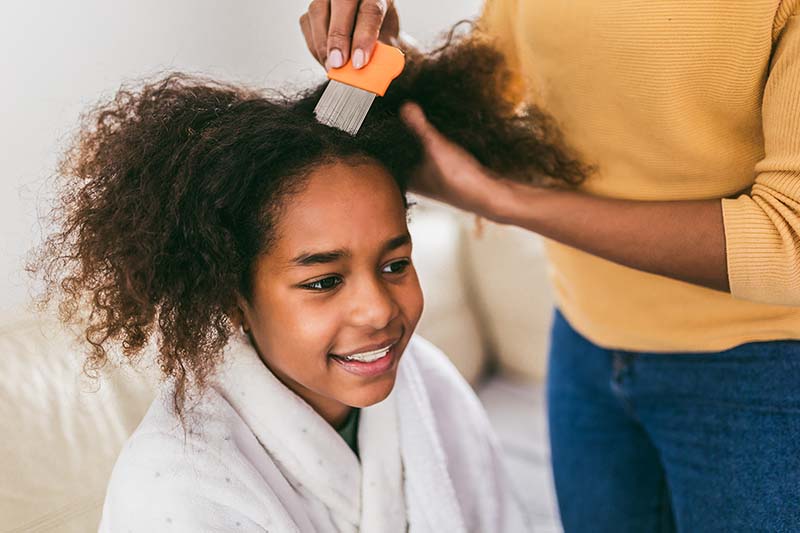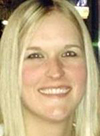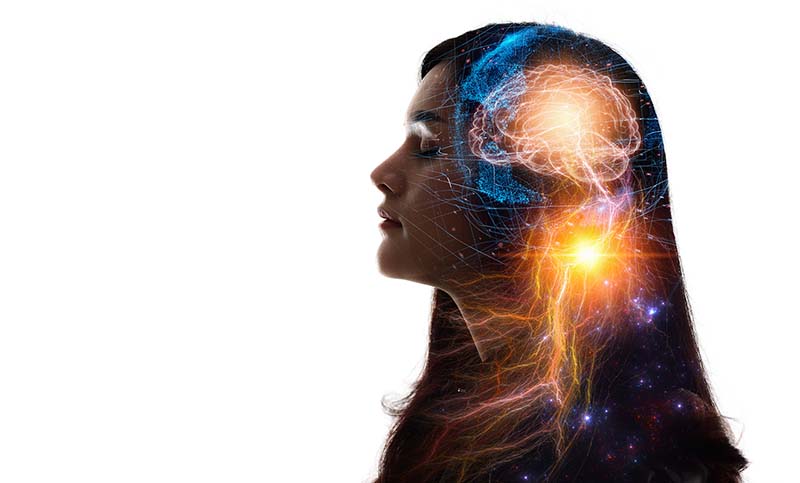Dealing with Head Lice? Here is What You Need to Know
Suspect your child has lice? Act quickly with these tips.

Head lice are a common problem that often impacts school-aged children. However, adults may be susceptible to lice as well. Despite how common it is, dealing with head lice can be a frustrating and overwhelming situation.
If you’ve never encountered head lice before, you may not know exactly what you’re looking at when the problem pops up. Head lice are extremely small bugs that measure about two to three millimeters in length.
They are approximately the size of a sesame seed and are typically pale gray. A single bug is called a louse.
Head lice feed on small amounts of blood from the scalp of their victims. Lice will lay eggs and attach them to the portion of the hair follicle closest to the scalp.
The egg of a louse is known as a nit, which includes both an egg and a shell casing. A single egg is about the size of a knot in a piece of thread and is usually yellow or white.
When laid in light-colored hair, eggs can be extremely difficult to see. Lice emit a sticky substance when laying eggs, which allows the nits to adhere to the hair. When the lice eggs hatch, the casings stay behind and can often be mistaken for dandruff in the hair.
Getting rid of head lice
If your child complains of an itchy scalp or a tickling feeling, has visible sores, or has difficulty sleeping because of the discomfort, you may want to check for head lice. You can perform an inspection by seating the child in a well-lit room and combing through the hair with a fine-tooth comb. Lice tend to move quickly and avoid light, so they’re hard to spot.
Parents can often see the nits easier, as these do not move and remain affixed to the hair. If you cannot remove tiny particles from the child’s hair or scalp through combing, they are likely nits.
Over-the-counter lice treatments are available, but it’s best to check with your child’s pediatrician before beginning any type of treatment option. Some of the most common treatments include permethrin lotion, pyrethin-based mousse and shampoo, and ivermectin lotion.
Your healthcare provider can also prescribe stronger treatments if needed. Many treatments require multiple applications to kill the lice in their various stages of life.
Preventing the spread of head lice
You’ll want to wash your child’s bedding, towels, clothing, and headwear in hot water. However, lice cannot live on inanimate objects as they need access to a source of blood to survive.
All residents of the home should be checked for lice and treated if needed, as these bugs can spread through close contact. Some schools require children to be free of any nits before they can return to school, although both the National Association of School Nurses and American Academy of Pediatrics advocate for the discontinuation of these “no-nit” policies, as they can burden families and children.
Since nits are firmly affixed to the hair or scalp, they rarely transfer to other people. When the live lice have been properly eliminated, your child may be able to return to school, depending on their school’s policy.
Related: How to Make Going Back to School Easier for Kids and Parents
Two myths about head lice
You may have heard some myths about head lice, which can make the situation even more concerning. However, it’s important to know that the presence of head lice is not indicative of poor hygiene. These small bugs feed on the blood from the scalp, and they will get it wherever they can find it, regardless of whether the victim’s head is clean or dirty.
Lice also do not spread disease, so they’re not particularly concerning from a health perspective. They are bothersome and their bites and saliva can cause itching and discomfort, so getting rid of them is important.
Constant scratching of the impacted area of the scalp can increase the risk of infection, but lice generally don’t cause any long-term health concerns for children or adults.
Related: Ticks: How to Avoid and Treat These Pesky Little Things






